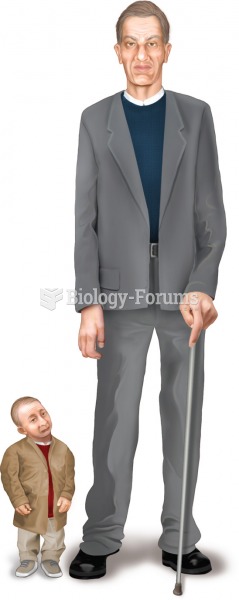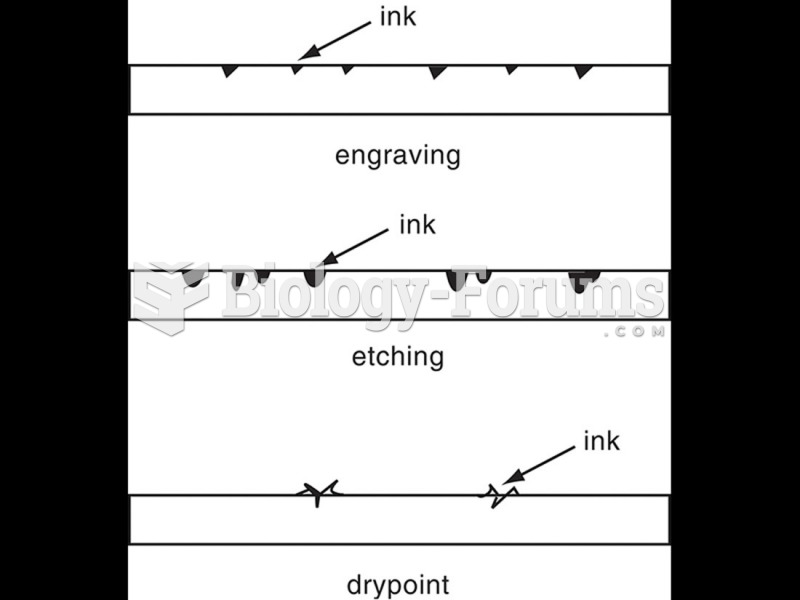Answer to Question 1
Kotter-Gruhn and Hess (2012) began with the premise that self-perceptions are important to health and well-being. They were interested in finding out whether or not stereotypes about aging affected self-perceptions. Their subjects were 183 adults aged 18-92 years. Their results showed that as participant age increased, participants indicated they felt, wanted to be, and looked younger than their actual age.
Interestingly, positive priming tasks did not make people feel younger. The researchers concluded that people's perceptions of their own aging is not made more positive by providing them with positive images of aging. Negative images had more effect than positive ones on people's self-perceptions.
Answer to Question 2
When people meet each other, they tend to come to many conclusions about the other on many dimensions. Impression formation is the way we create and revise first impressions about others. Researchers examine how people use traits or characteristics that appear critical or unique in creating first impressions and how this process varies with age. What happens to people's impressions as a function of age is a well-established finding. All participants modify their impressions. When older adults received negative information after receiving initially positive information, older adults modified their impressions toward the negative. Older adults modified their impressions based on all the information available to them, whereas younger adults tended to make their impressions based on the most recent information received.







